Peter Bentley
Normalisation of Weights and Firing Rates in Spiking Neural Networks with Spike-Timing-Dependent Plasticity
Sep 30, 2019
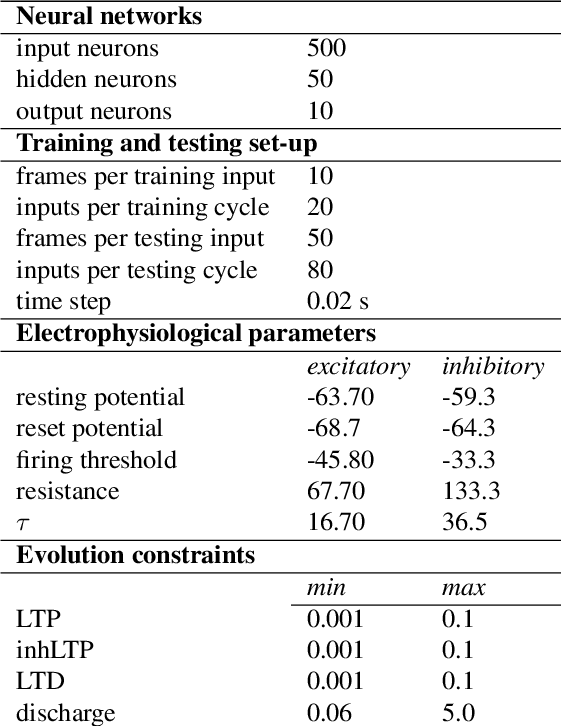
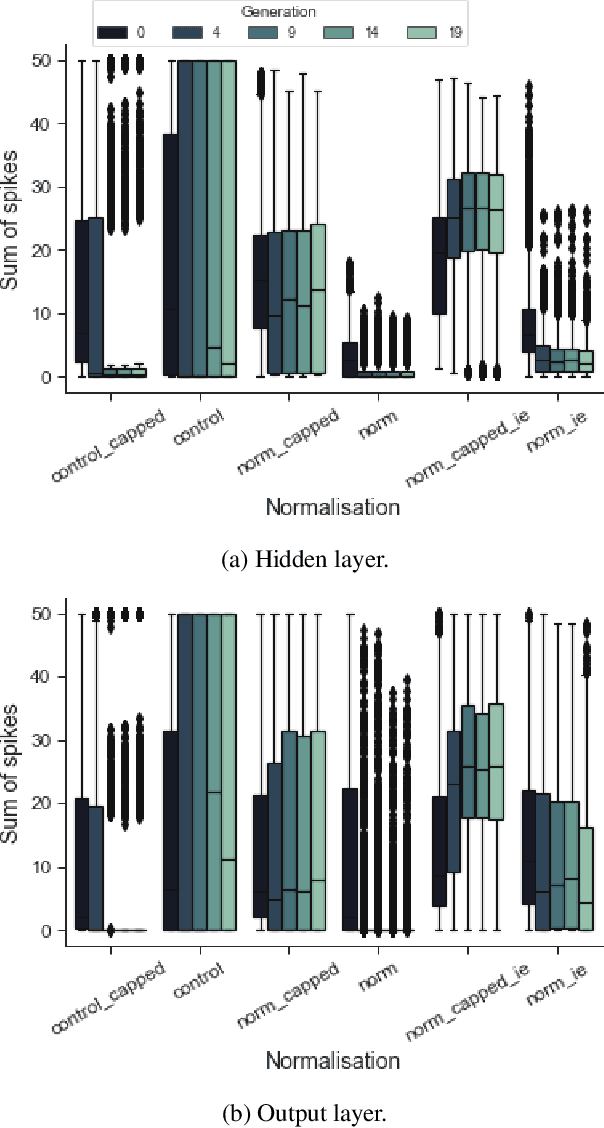
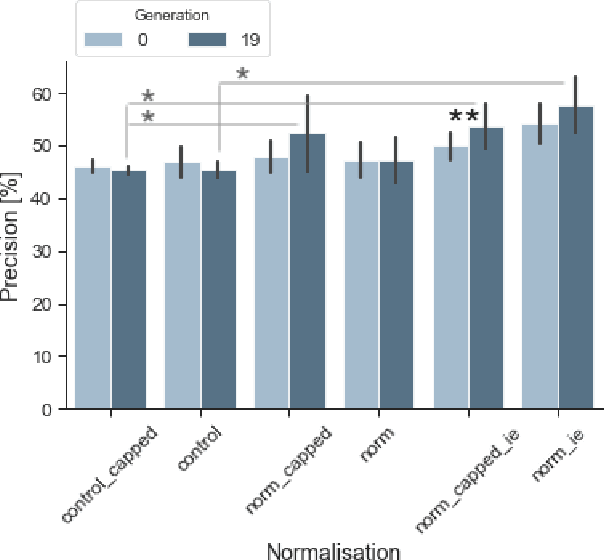
Abstract:Maintaining the ability to fire sparsely is crucial for information encoding in neural networks. Additionally, spiking homeostasis is vital for spiking neural networks with changing numbers of weights and neurons. We discuss a range of network stabilisation approaches, inspired by homeostatic synaptic plasticity mechanisms reported in the brain. These include weight scaling, and weight change as a function of the network's spiking activity. We tested normalisation of the sum of weights for all neurons, and by neuron type. We examined how this approach affects firing rate and performance on clustering of time-series data in the form of moving geometric shapes. We found that neuron type-specific normalisation is a promising approach for preventing weight drift in spiking neural networks, thus enabling longer training cycles. It can be adapted for networks with architectural plasticity.
Danger Theory: The Link between AIS and IDS?
May 16, 2008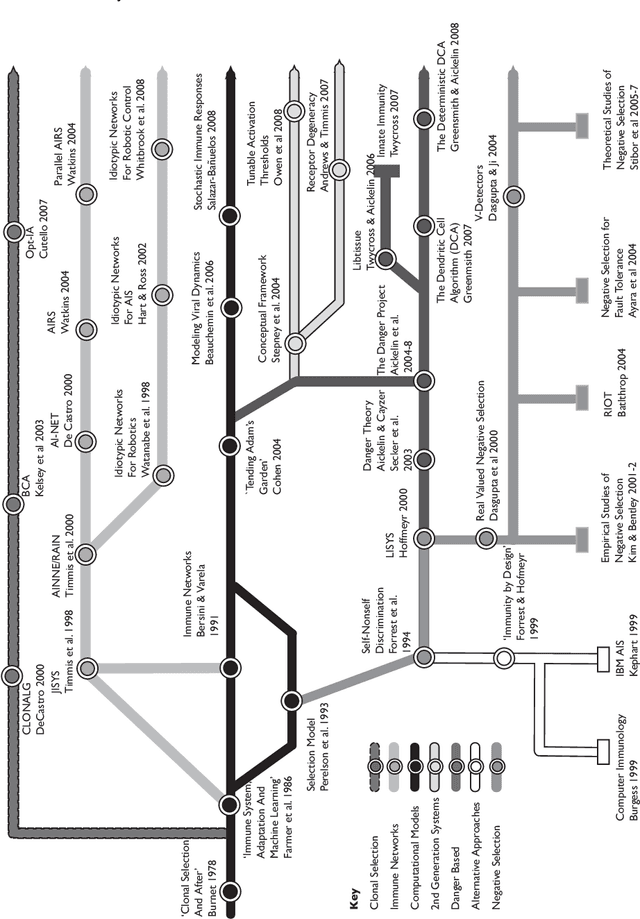
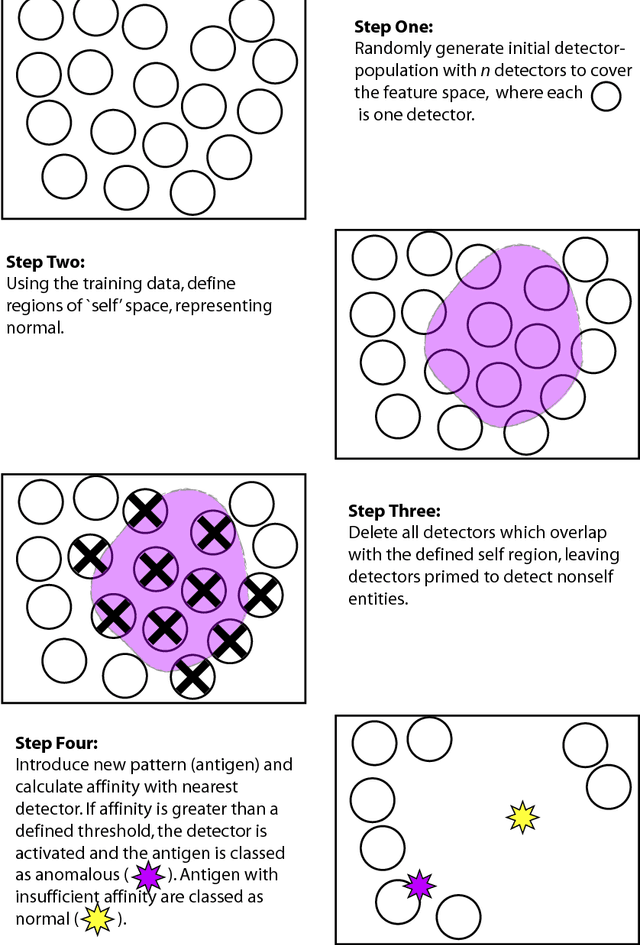
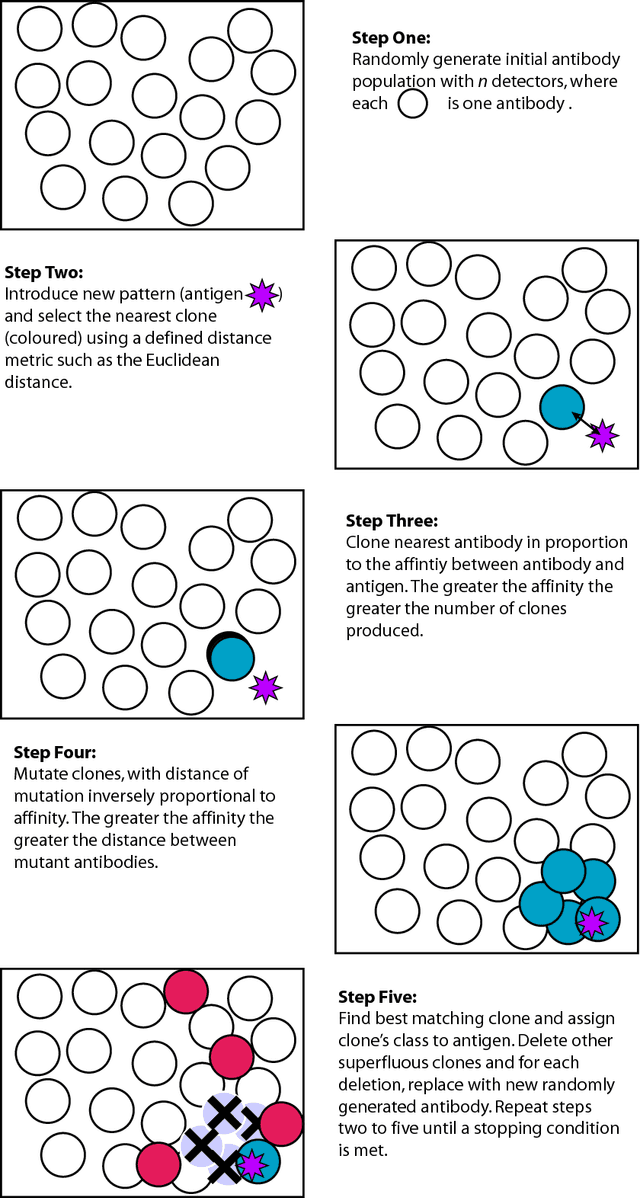
Abstract:We present ideas about creating a next generation Intrusion Detection System based on the latest immunological theories. The central challenge with computer security is determining the difference between normal and potentially harmful activity. For half a century, developers have protected their systems by coding rules that identify and block specific events. However, the nature of current and future threats in conjunction with ever larger IT systems urgently requires the development of automated and adaptive defensive tools. A promising solution is emerging in the form of Artificial Immune Systems. The Human Immune System can detect and defend against harmful and previously unseen invaders, so can we not build a similar Intrusion Detection System for our computers.
 Add to Chrome
Add to Chrome Add to Firefox
Add to Firefox Add to Edge
Add to Edge